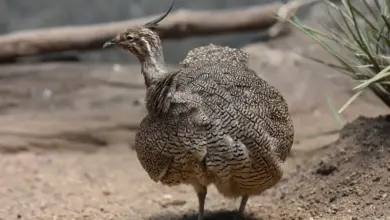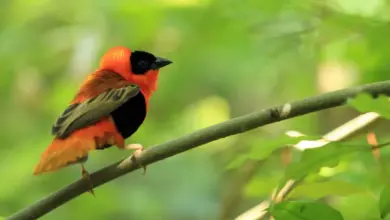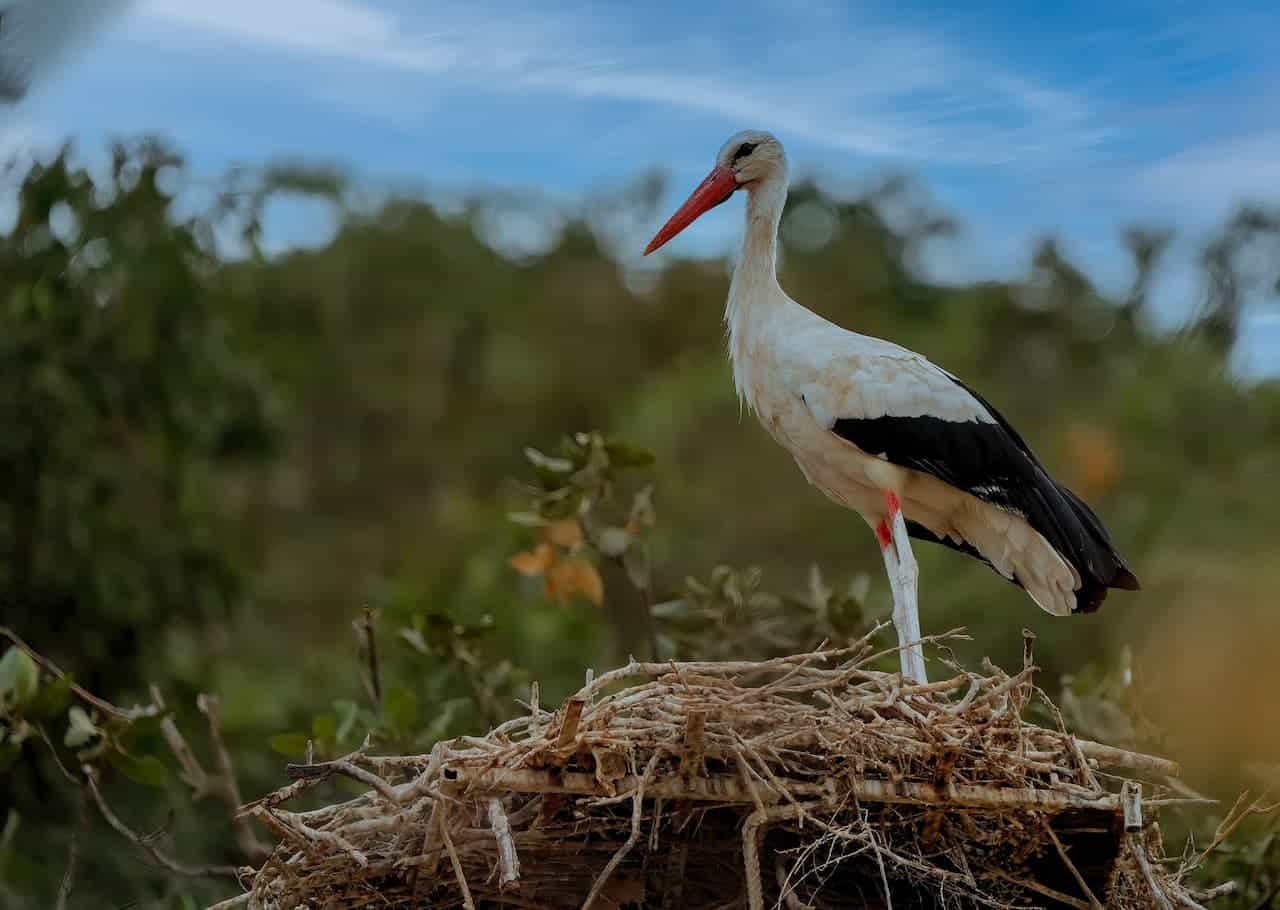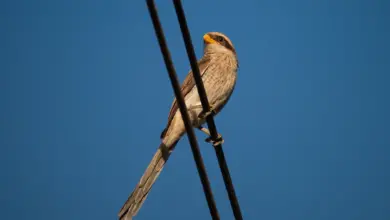Giant Kingfishers
Giant Kingfishers (Megaceryle maxima)
The Giant Kingfishers (Megaceryle maxima) is the largest kingfisher in Africa, It is a resident breeding bird over most of the continent south of the Sahara Desert other than the arid southwest.
There are two subspecies, M. m. maxima, found in open country, and M. m. gigantea in the rainforest.
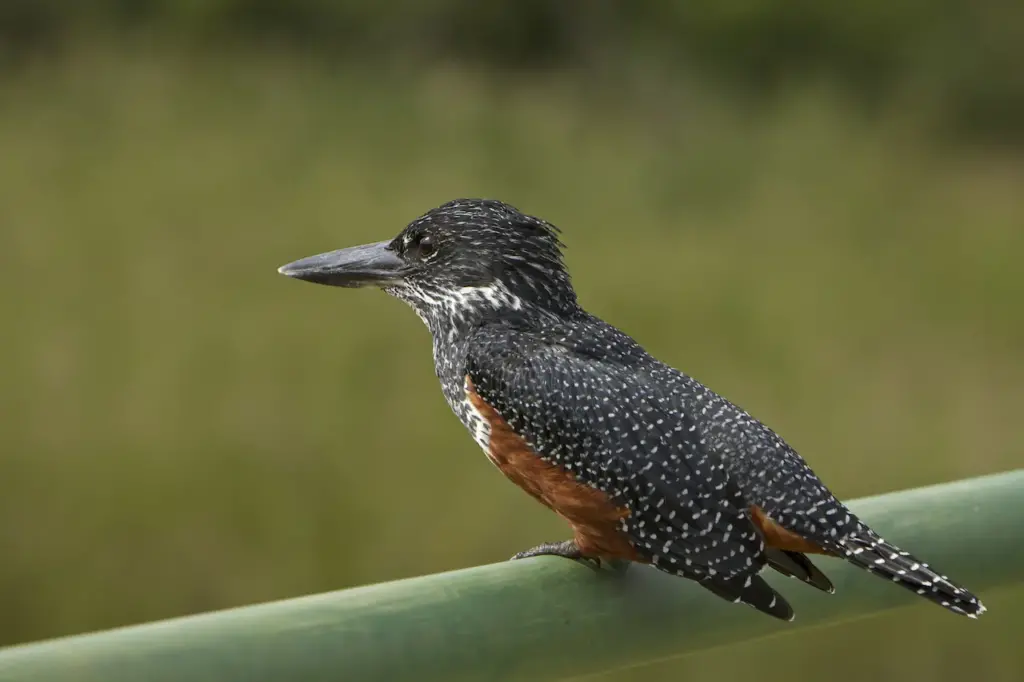
Kingfisher Information … Kingfisher Species Photo Gallery
Description
The forest race is darker, less spotted above, and more barred below than maxima, but the two forms intergrade along the forest edge zone.
Giant Kingfishers is 42–48 cm long, with a large crest and finely spotted white on black upperparts.
The male has a chestnut breast band and otherwise, white underparts with dark flank barring, and the female has a white-spotted black breast band and chestnut belly.
Breeding / Nesting
Breeding is from August to January, with 3–5 eggs being laid in a riverbank tunnel.
Calls / Vocalizations
The call is a loud wak wak wak.
Diet / Feeding
This large species feeds on crabs, fish, and frogs, caught in the typical kingfisher way by a dive from a perch.

References
- BirdLife International (2004). Megaceryle maxima. 2006. IUCN Red List of Threatened Species. International Union for Conservation of Nature (IUCN) 2006. Retrieved on 11 May 2006. Database entry includes justification for why this species is of least concern.
- C H Fry and Kathie Fry; illustrated by Alan Harris (2000). Kingfishers, Bee-eaters, and Rollers. Princeton University Press. International Standard Book Number (ISBN) 0691048797.

